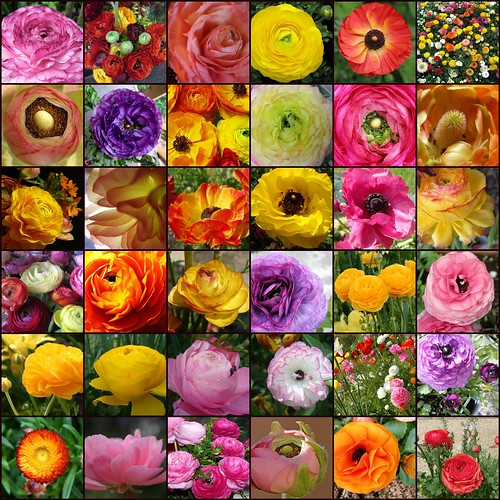
Ranunculus Calandrinioides and Other Buttercups
There are as many varieties of Ranunculus as there are buttercups in a meadow. Not surprising as a buttercup is a member of the Ranunculus family as is this Ranunculus calandrinioides.
What is Ranunculus Calandrinioides
- This perennial plant is happy grown in containers or an alpine house.
- Growing 8 inches tall and 6 inches wide.
- In suitable climates some of the 200+ species can be useful as ground cover outdoors.
- The roots are fleshy and thick and different species may be tubers or fiberous rooted.
- The lance shaped leaves are bluish-green and upto 3 inches in length.
- Flowers are cup shaped white or pink 2 inches wide.
Growing Ranunculus Calandrinioides
- Ranunculus Calandrinioides need full sunlight to reach their full potential with good flowering.
- Moist soil that receives regular watering to a depth of 18 inch deep is favoured by most Ranunculus.
- Soil should not be allowed to dry out.
- Grown outdoors on the southern and western sides of buildings are favoured areas as they are usually are the sunniest.
- Ranunculus calandrinioides should be easy to grow under cold glass in good soil or compost.
- Winter growth may be lax due to low light levels that cause the plant to be drawn up.
- Kept bone dry until mid winter it will stand freezing conditions
- Watered in early autumn, after a summer rest it will grow well before Christmas.
Germination guide
Various Ranunculus from Thompson & Morgan
B&T Seeds say Ranunculus calandrinioides seeds will usually germinate in 30-90 days, even under good conditions germination may be erratic. Sow seeds about 2mm deep in a Well drained seed sowing mix at about 10°C.
Seeds will mostly germinate as the weather warms up in Spring, some may germinate during the Summer or Autumn but are more likely to stay dormant until the following Spring.
Photo credit
Grateful thanks to Robynejay for using CC BY-NC 2.0
Ranunculus by robynejay
Various Ranunculus from
